Table of content
- Spinach (Spinacia oleracea)
- Arugula (Eruca sativa)
- Swiss Chard (Beta vulgaris subsp. cicla)
- Mustard Greens (Brassica juncea)
- Radishes (Raphanus sativus)
- Turnips (Brassica rapa subsp. rapa)
- New Potatoes (Solanum tuberosum)
- Broccoli (Brassica oleracea var. italica)
- Cauliflower (Brassica oleracea var. botrytis)
- Brussels Sprouts (Brassica oleracea var. gemmifera)
- Spring Onions (Allium fistulosum)
- Leeks (Allium ampeloprasum var. porrum)
- Garlic Scapes
- Fava Beans (Vicia faba)
- Artichokes (Cynara scolymus)
- Peas (Pisum sativum)
- Cilantro (Coriandrum sativum)
- Dill (Anethum graveolens)
- Nasturtiums (Tropaeolum majus)
Introduction
Spring marks a vibrant renewal in nature, and nowhere is this more evident than in the bounty of fresh, tender vegetables that emerge during this season. After months of hearty winter roots and stored crops, spring vegetables offer a refreshing shift toward lighter, crisper flavors and a spectrum of colors. From the first tender shoots of asparagus to the peppery leaves of arugula, spring vegetables are celebrated for their delicate textures, bright tastes, and exceptional nutritional profiles. This guide explores the diverse world of spring vegetables, detailing their origins, culinary applications, and health benefits. Whether you’re a home cook, gardener, or food enthusiast, understanding these varieties can elevate your meals and deepen your connection to seasonal eating.
Leafy Greens: The Foundation of Spring Flavors
Spring’s mild temperatures and increasing daylight hours create ideal conditions for leafy greens to thrive. These vegetables are rich in vitamins, minerals, and fiber, making them essential components of a balanced diet.
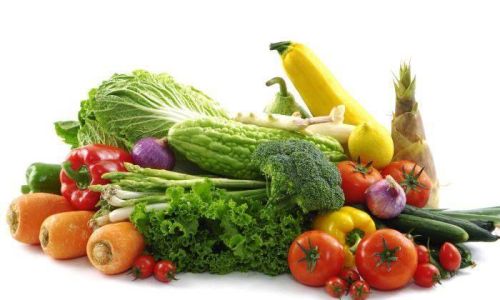
Spinach (Spinacia oleracea)
A cool-weather favorite, spinach is one of the first greens to appear in spring. Its tender, dark leaves are packed with iron, vitamin K, and antioxidants like lutein. Baby spinach varieties have a mild, slightly sweet taste, while mature leaves offer a more earthy flavor. Use spinach raw in salads, sautéed with garlic, or blended into smoothies. Its versatility extends to soups, quiches, and even pasta dishes.
Arugula (Eruca sativa)
Known for its peppery kick, arugula adds a zesty contrast to spring meals. This fast-growing green is rich in vitamins A and C, as well as calcium. Its delicate leaves wilt quickly when cooked, making it ideal for salads, pizzas, or as a garnish. Pair arugula with fruity olive oil, lemon, and Parmesan for a classic Italian-inspired dish.
Swiss Chard (Beta vulgaris subsp. cicla)
With colorful stems ranging from bright yellow to deep red, Swiss chard is as visually striking as it is nutritious. It’s an excellent source of vitamins A, C, and K, along with magnesium and potassium. Sauté the leaves with garlic and chili flakes, or use the stems in gratin dishes. The mild bitterness of chard pairs well with creamy cheeses or citrus dressings.
Mustard Greens (Brassica juncea)
A staple in Southern and Asian cuisines, mustard greens have a pungent, spicy flavor that mellows when cooked. They’re loaded with vitamins A and C, folate, and fiber. Braise them with bacon or tempeh, or add raw shreds to slaws for a peppery crunch.
Root Vegetables: Earthy Delights from Below the Soil
While root vegetables are often associated with fall, several varieties mature in spring, offering a crisp, sweet contrast to their winter counterparts.
Radishes (Raphanus sativus)
Radishes are a spring gardener’s delight, maturing in as little as three weeks. Their crisp texture and spicy flavor range from mild (like French Breakfast radishes) to fiery (such as Daikon). Radishes are low in calories but high in vitamin C and antioxidants. Serve them raw with butter and salt, pickle them, or roast them for a caramelized twist.
Turnips (Brassica rapa subsp. rapa)
Spring turnips are smaller and sweeter than their winter storage varieties. Their greens are equally edible and nutrient-dense. Roast turnips with honey and thyme, or mash them with potatoes for a creamy side dish. The greens can be sautéed like kale or added to stir-fries.
New Potatoes (Solanum tuberosum)
Harvested young, new potatoes have thin, tender skins and a creamy texture. Varieties like Yukon Gold or fingerling potatoes are rich in potassium and vitamin C. Boil, steam, or roast them with olive oil and fresh herbs. Their natural sweetness pairs well with spring herbs like dill or mint.
Cruciferous Vegetables: Nutrient-Packed Powerhouses
Cruciferous vegetables belong to the Brassica family and are renowned for their cancer-fighting compounds and robust flavors.
Broccoli (Brassica oleracea var. italica)
Spring broccoli has tender stalks and tight, green florets. It’s an excellent source of fiber, vitamin C, and sulforaphane, a compound linked to anti-inflammatory benefits. Roast broccoli with garlic and lemon, or blanch it for use in salads. The stems can be peeled and sliced into stir-fries.

Cauliflower (Brassica oleracea var. botrytis)
Available in white, purple, and orange varieties, cauliflower is a spring staple. Its mild flavor makes it a versatile substitute for grains or potatoes. Try it “riced” in bowls, roasted whole, or blended into creamy soups. Cauliflower is also rich in vitamin C and choline, which supports brain health.
Brussels Sprouts (Brassica oleracea var. gemmifera)
Though often associated with fall, some Brussels sprouts varieties mature in early spring. These miniature cabbages are high in fiber and antioxidants. Roast them with balsamic vinegar and pecans, or shave them raw into salads for a crunchy texture.
Alliums: The Pungent Pillars of Spring
Alliums like leeks, garlic scapes, and spring onions add depth and aroma to spring dishes.
Spring Onions (Allium fistulosum)
Also known as scallions, spring onions have a mild, sweet flavor compared to mature onions. Both the green stalks and white bulbs are edible. Use them raw in salads, grilled on skewers, or as a garnish for soups and tacos. They’re rich in vitamins K and A.
Leeks (Allium ampeloprasum var. porrum)
Leeks have a subtle onion flavor and are prized for their tender white stalks. Clean them thoroughly to remove grit, then sauté in butter, add to quiches, or use them in potato leek soup. Leeks are high in allyl sulfides, which support heart health.
Garlic Scapes
The curly green shoots of hardneck garlic plants, scapes emerge in late spring. They have a mild garlic flavor with a hint of grassiness. Grill them whole, chop into pestos, or sauté with pasta. Scapes are rich in vitamins C and B6.
Unique Spring Vegetables: Beyond the Basics
Spring also brings lesser-known vegetables that add excitement to seasonal menus.
Fava Beans (Vicia faba)
Also called broad beans, fava beans have a creamy texture and nutty flavor. They require shelling and blanching to remove their tough skins. Use the tender beans in dips, salads, or risottos. Fava beans are high in protein, iron, and folate.
Artichokes (Cynara scolymus)
Thistle-like artichokes are a symbol of spring in Mediterranean cuisine. Steam them whole and dip leaves in aioli, or stuff them with breadcrumbs and herbs. Artichokes are rich in cynarin, a compound that aids digestion.
Peas (Pisum sativum)
Snap peas, snow peas, and garden peas all peak in spring. Snap peas are crunchy and sweet, while snow peas have flat pods. Garden peas require shelling but are worth the effort for their vibrant flavor. All peas are high in fiber and vitamin C.
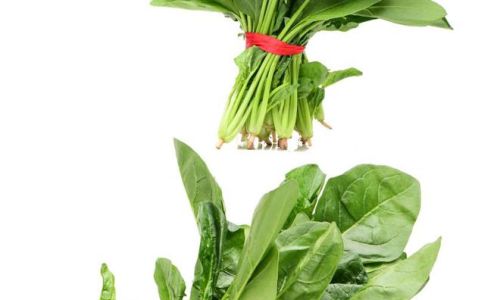
Herbs and Edible Flowers: Finishing Touches
No spring meal is complete without fresh herbs and edible blooms.
Cilantro (Coriandrum sativum)
Love it or hate it, cilantro’s bright, citrusy flavor defines spring salsas and curries. It’s rich in antioxidants and aids digestion.
Dill (Anethum graveolens)
Feathery dill adds an anise-like note to salads, fish, and pickles. Pair it with cucumbers or yogurt for a cooling effect.
Nasturtiums (Tropaeolum majus)
Both the leaves and flowers of nasturtiums are edible, with a peppery kick similar to watercress. Use them to garnish salads or canapés.
Cultivating Spring Vegetables: Tips for Gardeners
Growing spring vegetables requires attention to timing and soil conditions. Start seeds indoors for tender crops like tomatoes, or sow hardy varieties like peas directly into the ground after the last frost. Use row covers to protect young plants from unexpected cold snaps. Regular watering and well-drained soil are key to preventing bolting in heat-sensitive crops like lettuce.
Nutritional Highlights: Why Spring Vegetables Matter
Spring vegetables are not only delicious but also nutritional powerhouses. Many are high in vitamin C, which boosts immunity during seasonal transitions. Leafy greens provide folate, essential for cell repair, while cruciferous vegetables offer glucosinolates, compounds linked to cancer prevention. Incorporating a variety of spring vegetables ensures a diverse intake of micronutrients and antioxidants.
Conclusion
Spring vegetables celebrate the season’s renewal, offering a kaleidoscope of flavors, textures, and health benefits. From the crisp snap of radishes to the tender sweetness of peas, these varieties invite creativity in the kitchen and connection to the earth’s natural cycles. Whether you’re foraging for wild leeks at a farmers’ market or harvesting your first spinach crop, embracing spring’s bounty is a culinary adventure worth savoring. Experiment with new recipes, support local growers, and let the vibrant energy of spring vegetables inspire your meals.
Word Count: 1,980+


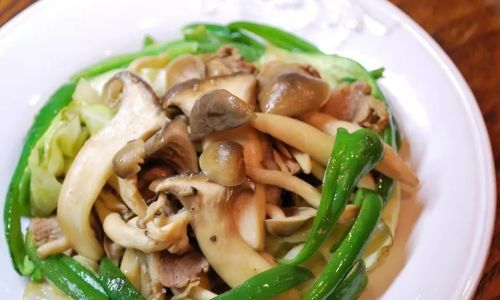
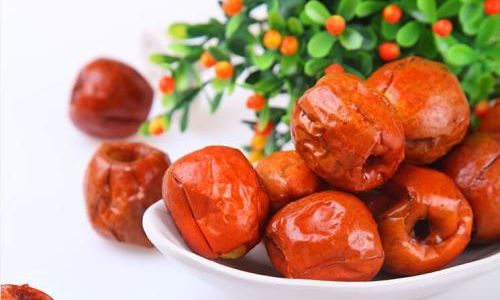

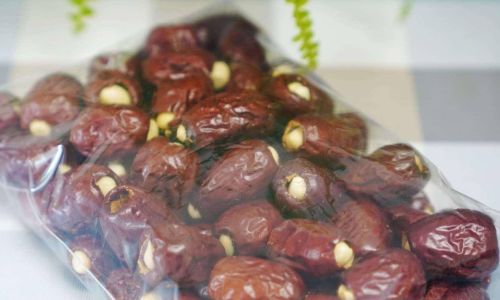
0 comments